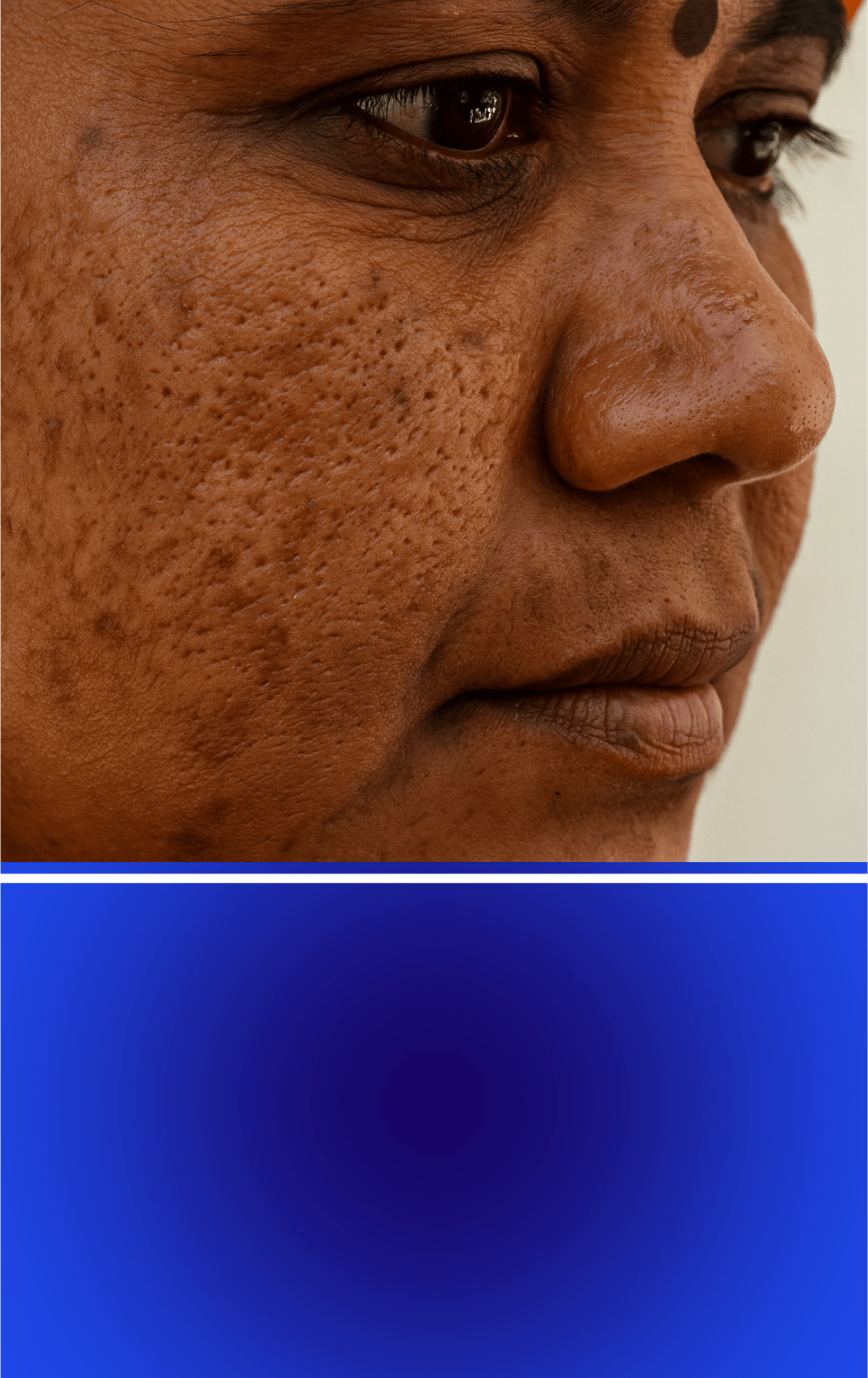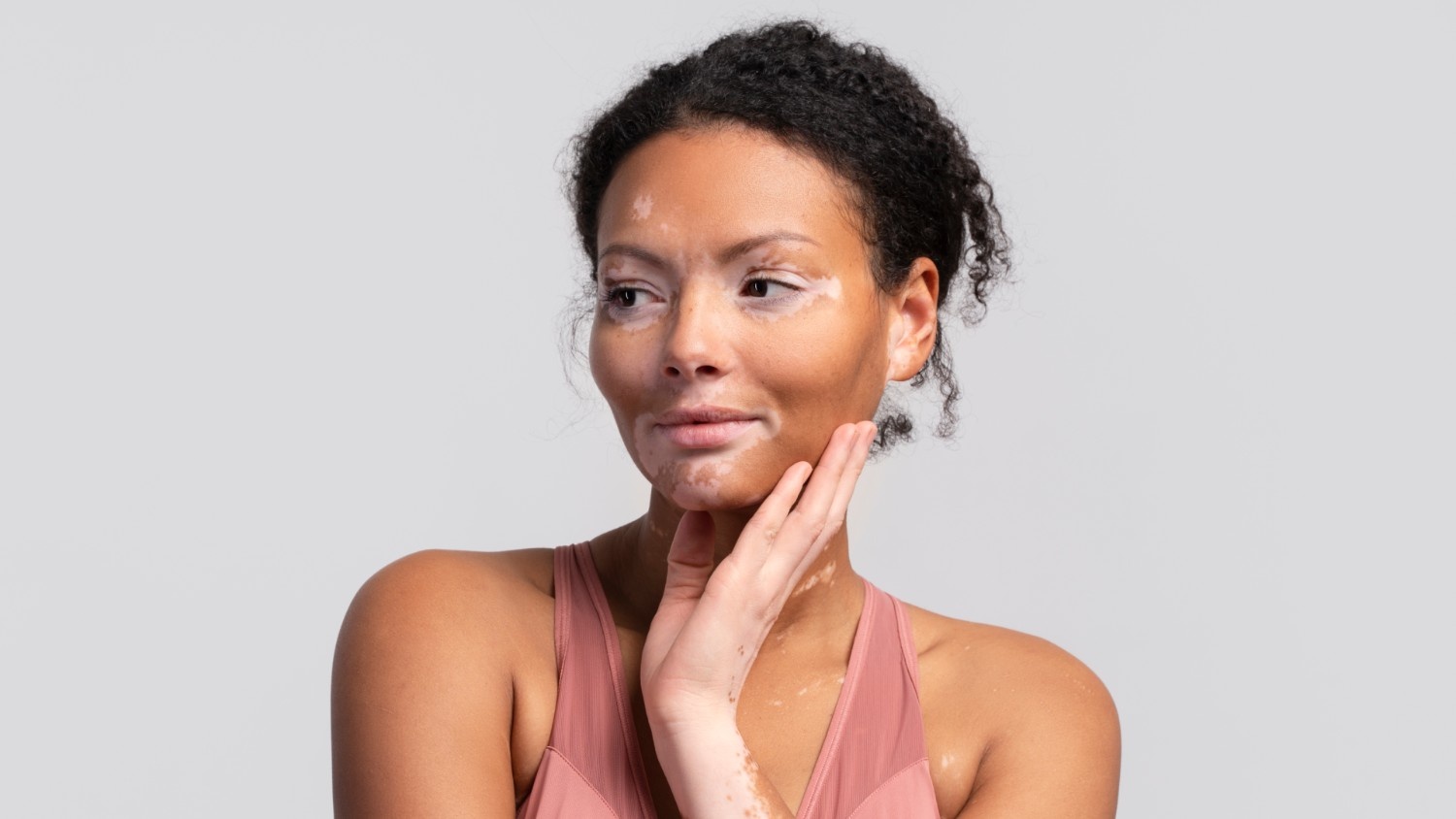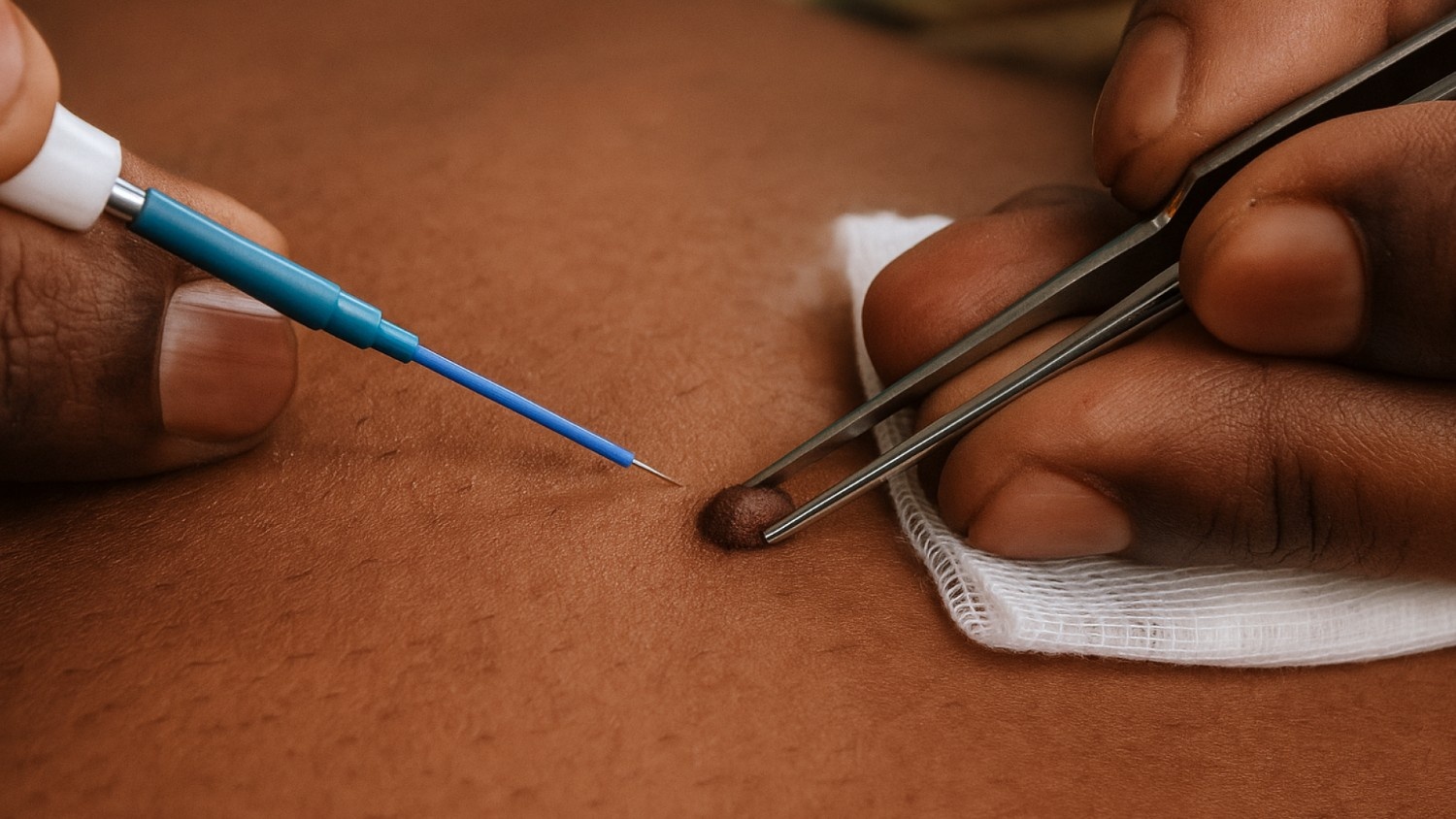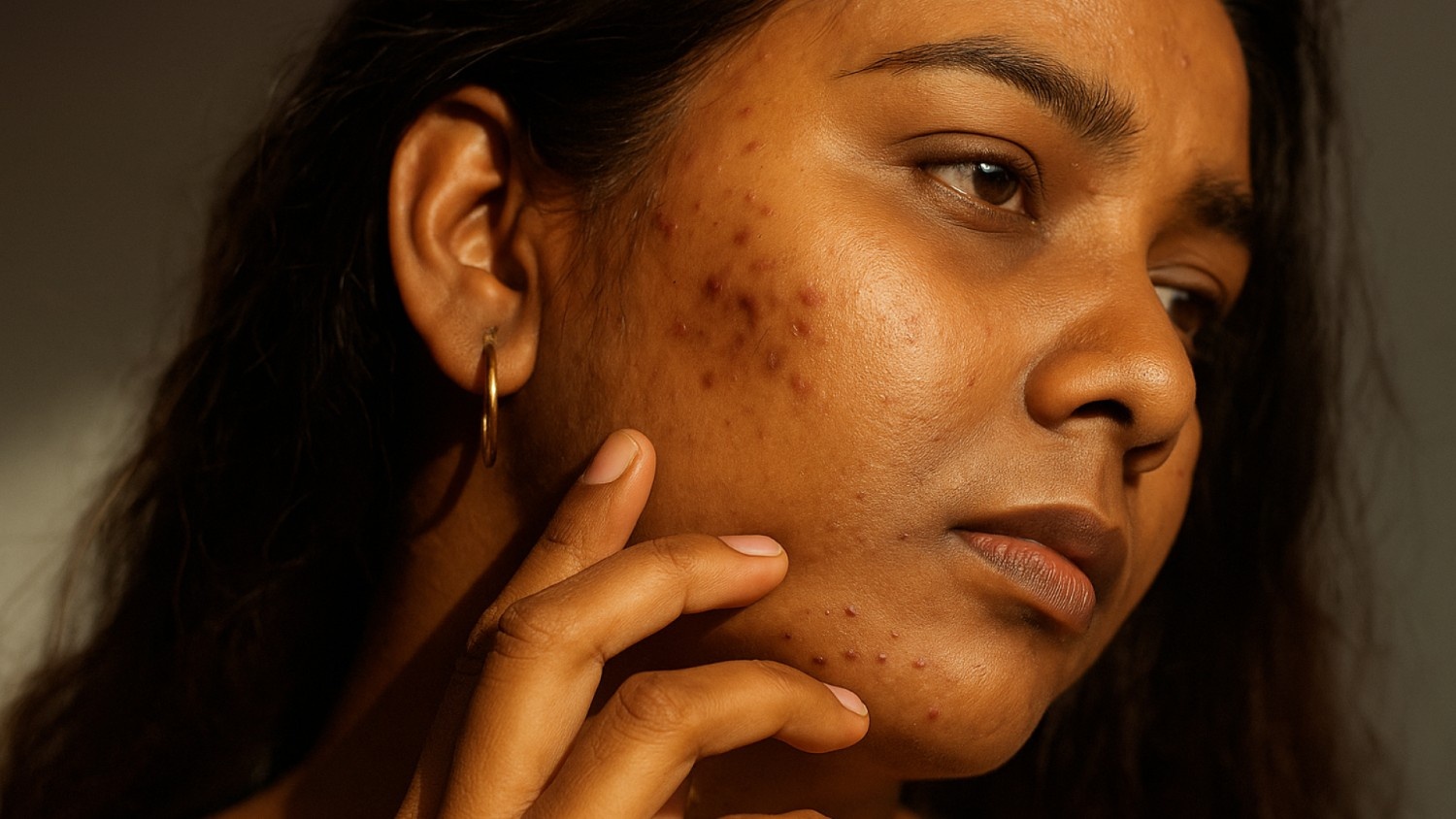Dark circles under the eyes remain one of the most persistent cosmetic concerns, affecting individuals regardless of sleep quality or lifestyle habits. Despite common misconceptions that link dark circles only to fatigue, the reality is more complex. Genetics, vascular changes, pigmentation, and facial anatomy all play a role in their development. Professional dark circle treatment addresses these root causes through evidence-based approaches that deliver measurable, lasting improvements where topical products consistently fall short.
Key Takeaways
- Dark circles have multiple causes, pigmentation, vascular visibility, and structural hollowing often overlap, so accurate diagnosis is essential for effective treatment.
- Evidence-based treatments outperform topicals by targeting root causes, offering measurable and lasting results rather than temporary concealment.
- Treatment choice must be personalised, considering skin type, age, lifestyle, and expectations to ensure safety and optimal outcomes.
- Combination protocols deliver superior results, with lasers, fillers, PRP, and peels working synergistically to address different factors.
- Long-term success depends on maintenance, including touch-ups, sun protection, and healthy lifestyle habits to preserve results.
Understanding Dark Circles: Types and Underlying Causes
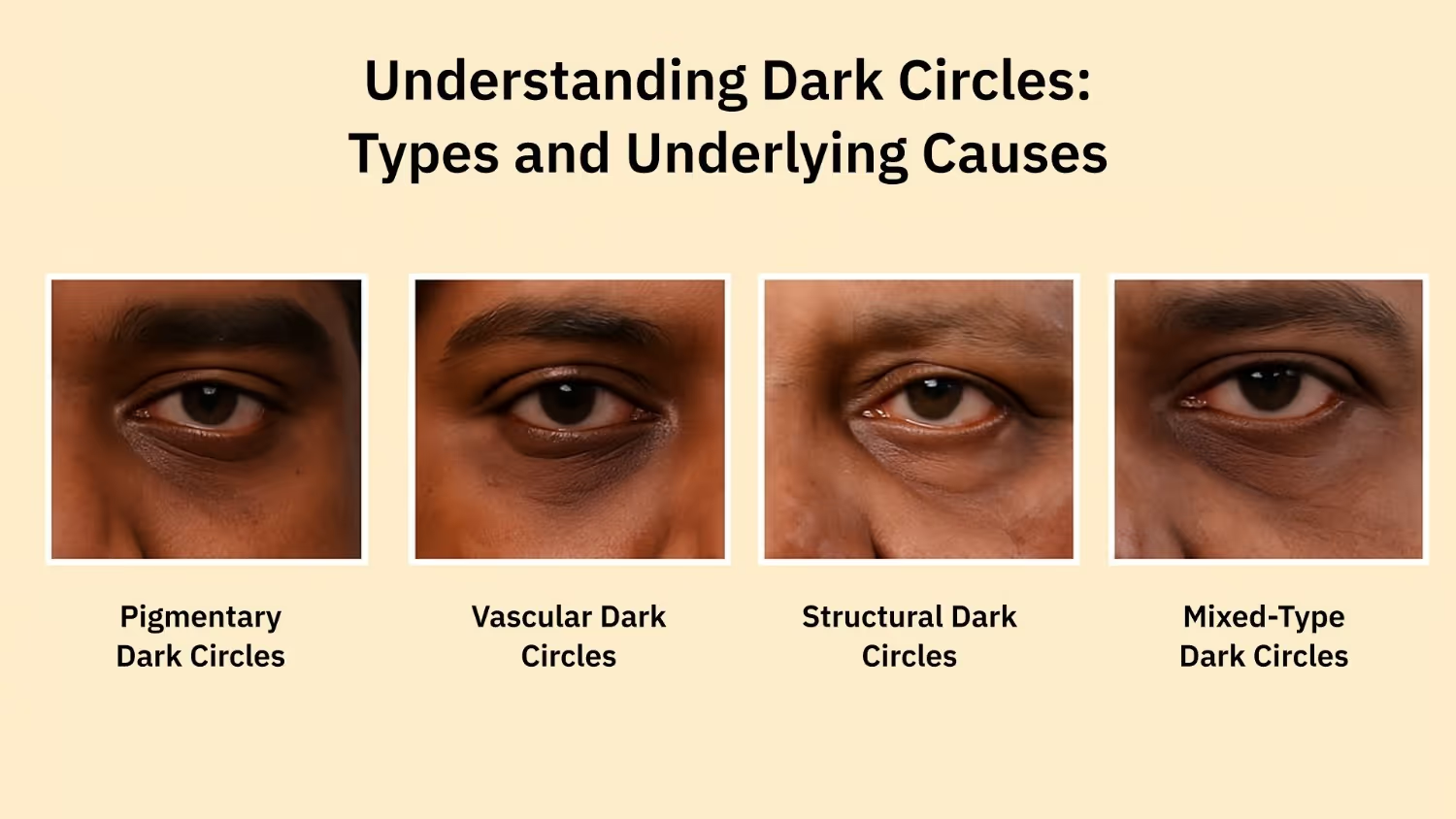
Successful dark circle treatment begins with an accurate diagnosis. Many patients struggle with ineffective treatments because they address symptoms rather than underlying mechanisms. Understanding the specific type of dark circle is fundamental to selecting appropriate interventions.
Pigmentary Dark Circles
Pigmentary dark circles develop from excess melanin production in the periorbital region. Genetic predisposition plays a significant role, with certain ethnicities showing higher susceptibility. Hormonal fluctuations during pregnancy or menopause can trigger increased pigmentation. Sun exposure accelerates melanin production, whilst inflammatory conditions like eczema create chronic pigmentation changes.
These circles appear as brown or grey discolouration that remains consistent regardless of sleep, stress levels, or time of day. They represent actual pigmentation changes rather than shadows or vascular issues.
Vascular Dark Circles
Vascular dark circles result from visible blood vessels beneath the thin periorbital skin. Poor circulation, allergic reactions, and genetic factors contribute to their development. The delicate skin around the eyes measures only 0.5mm thick, making underlying vessels readily visible under certain conditions.
These circles typically appear blue or purple and fluctuate in intensity. They become more pronounced during allergic reactions, illness, or periods of poor sleep when blood vessels dilate and become more prominent.
Structural Dark Circles (Tear Troughs)
Structural dark circles are shadows created by volume loss and anatomical changes rather than true pigmentation. As facial fat pads shift with age, hollows develop beneath the eyes, creating shadows that mimic dark circles.
This type becomes more apparent with advancing age as collagen depletes and facial support structures change. The shadows intensify under certain lighting conditions, leading many patients to believe their pigmentation has worsened when the issue is structural.
Mixed-Type Dark Circles
Most patients present with combination patterns involving multiple contributing factors. A thorough assessment often reveals pigmentary changes combined with vascular prominence and structural hollowing. This complexity explains why single-approach treatments frequently disappoint patients seeking comprehensive improvement.
Professional Dark Circle Treatment Options

Modern dermatology offers multiple proven approaches for addressing different types of dark circles. Each treatment modality targets specific underlying mechanisms through distinct pathways.
Laser Therapy for Dark Circle Reduction
Laser treatments are widely regarded as the gold standard for addressing pigmentary dark circles. Here's a structured breakdown of how they work and what patients can expect:
- Standard treatment: Laser systems, particularly Q-switched platforms such as Nd: YAG and alexandrite, precisely target melanin deposits while preserving the surrounding tissues.
- Mechanism of action: These lasers fragment pigment particles through selective photothermolysis.
- Natural elimination: The fragmented pigments are gradually cleared via natural cellular processes over several weeks.
- Dual benefit: Fractional laser resurfacing not only treats pigmentation but also improves skin texture by stimulating controlled collagen remodelling.
- Treatment course: Protocols usually involve 4–6 sessions, spaced 3–4 weeks apart.
- Visible results: Patients typically notice gradual lightening over 2–3 months as cellular turnover eliminates damaged pigmented cells.
- Temporary darkening: An initial darkening may occur as pigments rise to the surface before being eliminated.
- Aftercare: Proper post-treatment care, especially diligent sun protection, is essential throughout the healing process.
- Longevity of results: With appropriate maintenance and lifestyle modifications, results can last several years.
Ready to explore laser treatment options? Contact our dermatology team now to schedule your comprehensive dark circle assessment and discuss personalised laser therapy protocols.
Dermal Filler Treatments for Under-Eye Hollows
When it comes to treating structural dark circles and under-eye hollowness, hyaluronic acid dermal fillers offer a reliable and effective solution.
- Immediate correction: They restore lost volume and smooth tear trough depressions, targeting the real cause of shadows.
- Expertise required: The procedure demands precise placement using cannulas or fine needles in specific tissue planes.
- Risks of poor technique: Incorrect placement may cause irregularities, a bluish tint, or lymphatic obstruction.
- Safe and natural: Modern fillers for the under-eye integrate smoothly with tissues for natural contour restoration.
- Lasting results: Effects usually remain for 12–18 months, depending on metabolism, lifestyle, and product choice.
- Maintenance: Touch-ups extend results and adapt to changes in facial anatomy over time.
Platelet-Rich Plasma (PRP) Therapy
PRP therapy offers a natural, regenerative approach for treating dark circles, with multiple benefits for skin health and appearance.
- Natural healing: PRP uses concentrated growth factors from the patient's blood to stimulate cellular regeneration and improve microcirculation.
- Procedure steps: It involves drawing blood, centrifuging to concentrate platelets, and injecting them precisely into the under-eye area.
- Skin benefits: The growth factors boost collagen production, increase skin thickness, and enhance overall tissue quality.
- Effectiveness: PRP works exceptionally well for vascular dark circles by strengthening the dermal matrix and reducing blood vessel visibility.
- Treatment plan: Typically, 3–4 sessions are done at 4–6 week intervals, with results appearing gradually over 2–3 months.
- Maintenance: Follow-up sessions every 6–12 months help sustain long-term improvements.
Discover how PRP therapy can rejuvenate your under-eye area. Book your consultation with an expert dermatologist at Velantis to learn about this innovative dark circle treatment approach.
Chemical Peels for Periorbital Pigmentation
Chemical peels offer a targeted and controlled approach for treating pigmentary dark circles, helping renew skin and reduce unwanted pigmentation.
- Effective action: Selected peeling agents exfoliate skin and accelerate cellular turnover to address pigmentation.
- Formulation choice: Options include glycolic acid, lactic acid, and specialised brightening compounds tailored to skin type and pigmentation depth.
- Treatment approach: Superficial peels address surface pigmentation, while medium-depth peels can target deeper melanin deposits.
- Gradual progression: Treatments begin with mild formulations, increasing in strength as tolerance develops.
- Treatment schedule: Multiple sessions spaced 2–4 weeks apart are usually needed for best results.
- Aftercare: Strict sun protection and gentle skincare prevent complications and enhance outcomes.
Microneedling with Growth Factors
Microneedling is a highly effective treatment for dark circles, offering both skin rejuvenation and enhanced absorption of topical agents.
- Collagen boost: It creates controlled micro-injuries that stimulate natural collagen production and skin renewal.
- Procedure method: Fine needles form microscopic channels that trigger wound healing and tissue regeneration.
- Enhanced efficacy: Combining microneedling with growth factor serums or vitamins improves treatment outcomes.
- Quick recovery: Mild redness and swelling subside within 24–48 hours, with minimal disruption to daily routines.
- Visible results: Improvements in skin quality and fine line reduction appear progressively over 4–6 weeks.
Advanced Treatment Combinations and Protocols
Sophisticated treatment approaches often combine multiple modalities to address various contributing factors simultaneously. This comprehensive strategy frequently achieves superior outcomes compared to single-treatment approaches.
- Multi-Modal Approach Benefits
Dark circles rarely have one cause, so protocols that pair treatments create more substantial, synergistic effects. For instance, lasers for pigmentation, fillers for hollowness, and PRP for skin quality can achieve a more complete correction. - Treatment Sequencing and Timing
Correct sequencing maximises results and reduces risks, with lasers or peels usually done before fillers. PRP can be added throughout to support healing and enhance outcomes, while careful spacing allows safe recovery and steady progress. - Customisation Based on Skin Type
Protocols must be tailored to skin type, thickness, sensitivity, and healing capacity. Darker tones require modified parameters to prevent hyperpigmentation, while factors such as age, lifestyle, and personal expectations inform personalised treatment plans.
Experience the benefits of personalised combination treatments. Schedule your expert consultation to discover the optimal treatment protocol for your specific dark circle concerns.
What to Expect: Treatment Journey and Results Timeline

Understanding the treatment process helps patients maintain realistic expectations and commit to protocols that deliver optimal long-term outcomes. The treatment journey can be understood in clear phases, each guiding patients from consultation to long-term results.
Phase 1: Consultation and Assessment
- Begins with medical history, skin analysis, and imaging to set a baseline.
- Identifies causes, rules out medical conditions, and sets realistic goals.
- Plans are tailored to skin type, lifestyle, budget, and expectations.
Phase 2: Treatment and Recovery
- Most treatments involve minimal downtime with simple aftercare.
- Fillers give instant correction with slight swelling.
- PRP shows gradual results over months with little downtime.
- Peels cause exfoliation and short-term sensitivity.
- Lasers may temporarily darken pigmentation before improving.
Phase 3: Results and Maintenance
- Fillers refine results within weeks.
- PRP and lasers need 3–6 months for visible improvement.
- Touch-ups and home care preserve long-term outcomes.
Phase 4: Long-Term Expectations
- Complete elimination may not be possible, especially in genetic cases.
- Most patients see meaningful improvement with proper protocols.
- Follow-ups help track progress and adjust treatments.
Special Considerations for Different Skin Types
Successful dark circle treatment requires understanding how different skin characteristics respond to various interventions, ensuring safe and effective outcomes across diverse patient populations.
- Treatment Approaches for Darker Skin Tones
Dark circles under the eyes treatment for Black skin requires specialised techniques to prevent complications such as post-inflammatory hyperpigmentation. Conservative methods, careful laser settings, and precise peel selection are essential. Combination protocols, such as PRP with topicals, often deliver safer and more practical outcomes. - Age-Related Considerations
Age strongly influences treatment outcomes, healing, and response. Younger patients usually show faster, more dramatic improvements. Older patients benefit from customised protocols that address elasticity, anatomy, and realistic expectations. - Lifestyle Factors and Treatment Success
Lifestyle habits play a crucial role in treatment results and longevity. Adequate sleep, stress control, sun protection, and nutrition support, professional treatments, leading to better and longer-lasting outcomes.
Conclusion
Advanced dark circle treatments offer scientifically backed solutions that address underlying causes rather than masking symptoms, achieving results far beyond what topical products can offer. Success depends on accurate diagnosis, careful treatment selection, and setting realistic expectations, supported by consistent care protocols for lasting outcomes. Choosing the right dermatological partner ensures expert assessment, precise techniques, and ongoing guidance throughout the treatment journey.
At Velantis Dermatology, our evidence-based approach combines advanced treatment modalities with personalised care protocols tailored to each patient's unique needs and aesthetic goals.
Take the first step toward brighter, healthier eyes: Contact Velantis Dermatology today. Dr. Janani Sree C M, our trusted MD dermatologist, will guide you with safe, advanced treatments and personalised care tailored to your needs.
FAQs
Q1: Which dark circle treatment is most effective for long-term results?
A1: Treatment effectiveness depends on the cause of dark circles. Pigmentary types respond well to lasers, lasting years. Structural ones improve with fillers, lasting 12–18 months. Vascular types benefit from PRP or skin-quality treatments. Often, a combination gives the best long-term results.
Q2: How many sessions are typically required to see improvement?
A2: Session needs vary by dark circle type and treatment. Fillers give instant results with occasional maintenance. Lasers need 4-6 sessions, PRP 3-4, and chemical peels 3-5. Your dermatologist personalises timelines after assessment.
Q3: Are dark circle treatments safe for all skin types?
A3: Professional dark circle treatments are safe when performed by a qualified dermatologist with techniques suited to your skin type. Darker tones may need gentler lasers or peels, while sensitive skin often requires adjusted protocols and longer recovery. A thorough consultation ensures safe, effective results.
Q4: What is the recovery time for professional dark circle treatments?
A4: Recovery depends on the treatment but is usually minimal. Fillers may cause slight swelling for a day or two, while lasers can lead to temporary darkening before results show. PRP may leave mild redness for 1–2 days, and peels cause controlled flaking for up to a week. Most patients resume normal activities with only small aftercare steps.
Q5: Can dark circles return after treatment?
A5: Some dark circles may return, especially with genetic factors or ongoing triggers. Filler results fade in 12–18 months, while laser pigment correction can last for years with sun protection. PRP benefits may last longer with healthy habits. Regular maintenance helps preserve results.
Q6: How much do professional dark circle treatments cost?
A6: Treatment costs depend on the type of procedure, number of sessions, and case complexity. Dermal fillers last 12–18 months and are moderately priced. Lasers require multiple sessions but offer longer-lasting results. PRP falls in the mid-range, offering gradual improvements, whereas chemical peels are more affordable but require numerous sessions. Your consultation will provide a precise cost estimate based on your personalised plan.
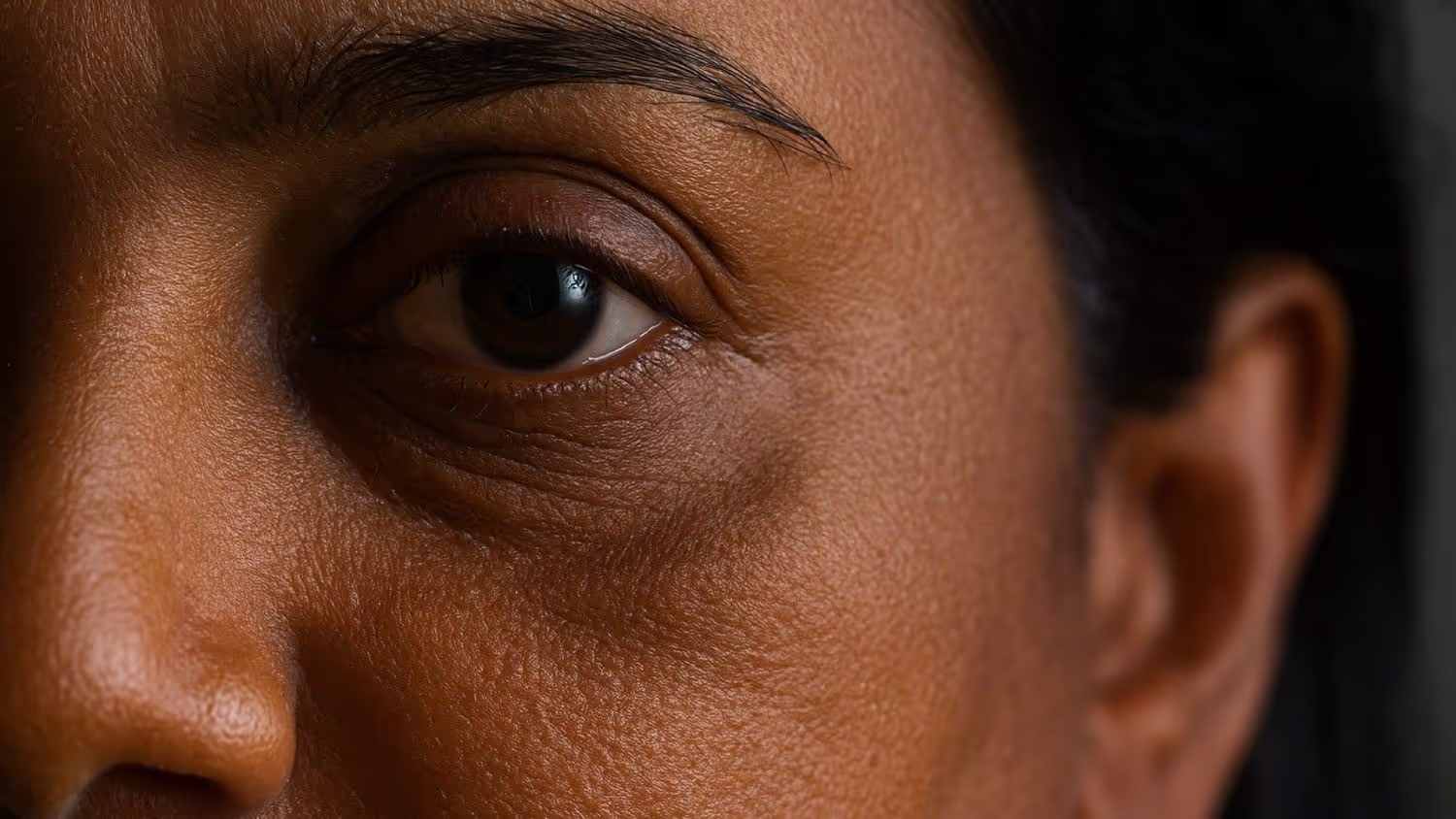

.png)
